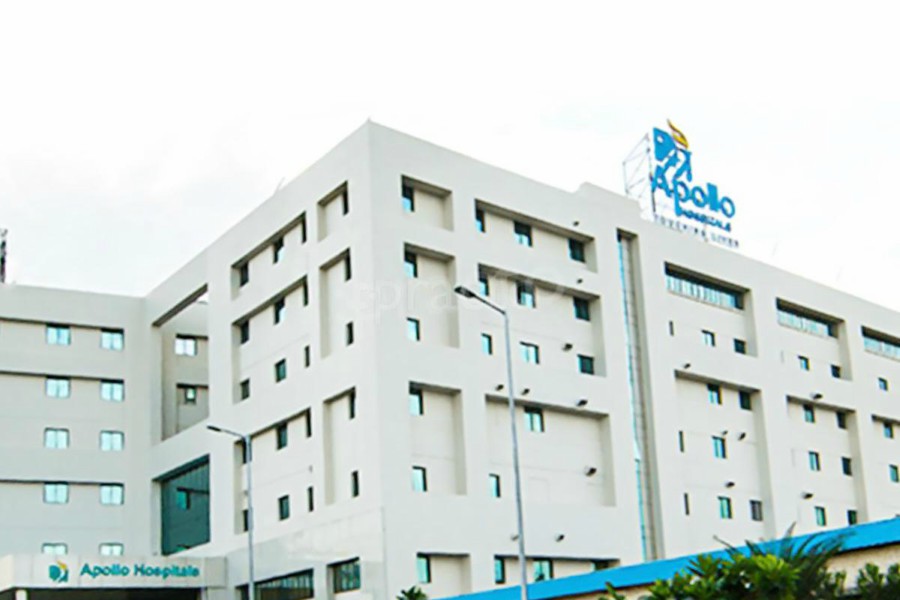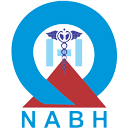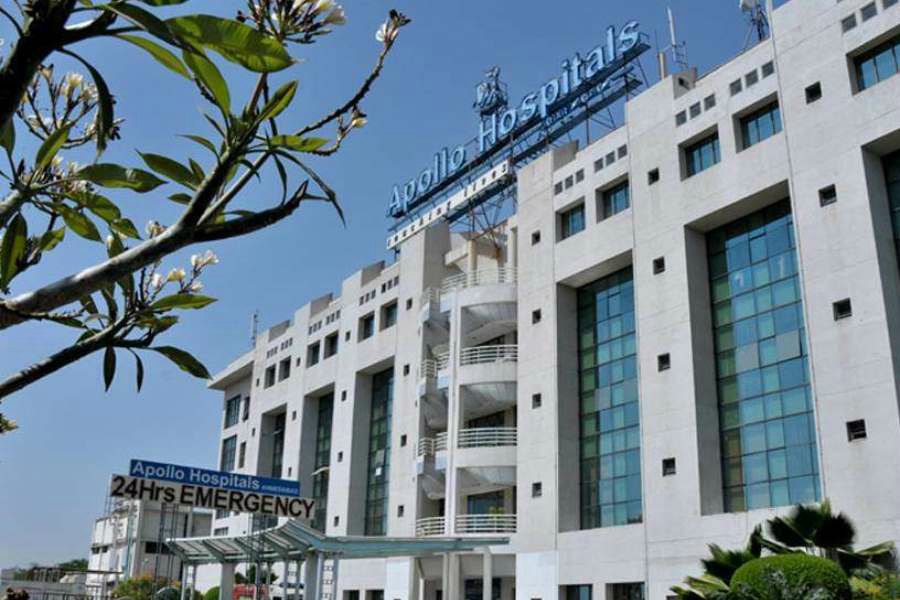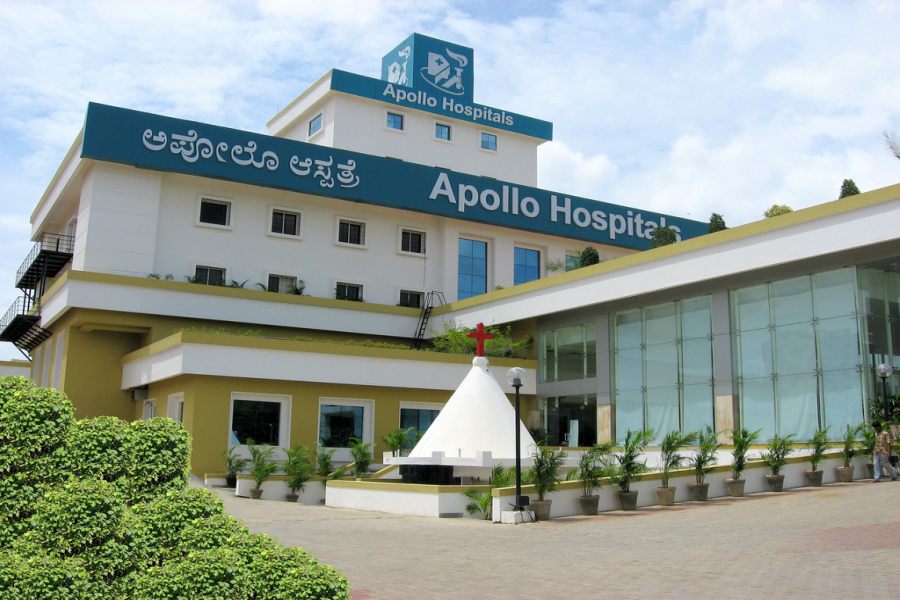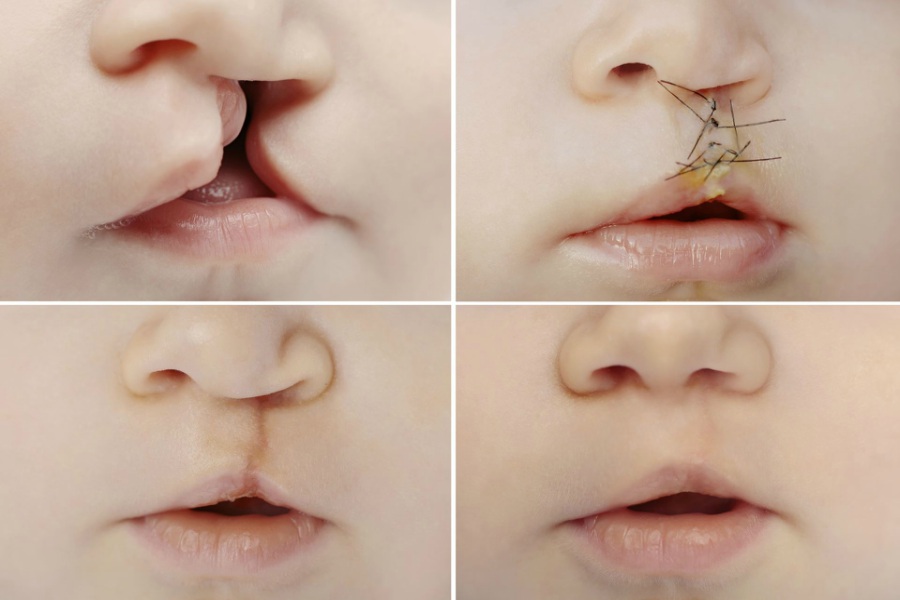
Overview
Cleft lip and cleft palate is a birth defect, which may appear as an isolated defect or along with other genetic disorders. During the pregnancy, when the tissues forming the lip and palate do not close properly, it results in cleft lip and palate. In cleft lip and cleft palate condition, a split in the lip and the palate is present, respectively. These splits can be present on either one side or both sides.
Nowadays, various surgical options are available to restore the normal functioning and appearance of the cleft lip and cleft palate.
Causes
The cleft lip and palate occur when the tissue forming the lip and palate does not join completely in the intrauterine life. The actual cause resulting in the development of cleft lip and palate is still undiscovered. However, in some cases, it may be associated with some environmental problems or genetic problems.
SYMPTOMS
Cleft lip and cleft palate may cause several obstacles in an individual’s life. The various symptoms of the cleft lip and palate may include:
- Impaired voice
- Difficulty in breathing
- Difficulty in feeding
- Stuttered speech
- Ear infection
DIAGNOSIS
The cleft lip and palate can be diagnosed by a physical examination of the child after birth. Cleft lip and palate causes a noticeable change in physical appearance; thus, it can be easily diagnosed. A cleft lip can be diagnosed during the routine scan performed during pregnancy, but it is difficult to detect cleft palate in the scan.
A prenatal ultrasound done at the 13th week of pregnancy can aid in detecting cleft lip. If a cleft lip is detected in the scan, the doctor may perform amniocentesis (collecting a little amount of amniotic fluid from the uterus) to detect whether the condition is due to a genetic problem.
RISK FACTORS
Like other surgical procedures, the cleft lip and palate surgery is also associated with some risks, such as:
- Infection
- Bleeding
- Improper healing of the incisions
- Risks associated with anaesthesia
- Respiratory problem
- Allergic reaction to material used in surgery
- Permanent or temporary damage to any deeper structure like nerve, muscles, and blood vessels
- Asymmetries in the nose or lip
- Shortening, thickening or overgrowth of the scars
Some other options are also available to manage the condition:
Feeding support: A new-born with a cleft lip and cleft palate face several difficulties during breastfeeding. To aid in breastfeeding for such infants, the mother is instructed to use a specially designed feeding bottle or feed the child in a specific position.
Hearing support: A child born with cleft lip and palate has higher chances of having glue ear (presence of glue-like solution in the middle ear), which may result in a dull hearing. If the infant is diagnosed with any such problem, a hearing aid may be placed to help with hearing, or small tubes are used to remove the fluid.
Speech and language therapy: Infants born with cleft palate have difficulty in speaking. The child’s language and speech development will be monitored by a speech and language therapist throughout his /her childhood.
Dental treatment: A child with a cleft lip and palate requires extra dental care; the mother is instructed to look after the dental hygiene of the child. If the child’s teeth are not growing properly, braces may be required
POST-OPERATIVE CARE
Following measures should be taken after the surgery:
- Prevent the child from rubbing the surgery site and stitches
- Follow the feeding instruction given by the doctor
- After feeding, give a small amount of water to cleanse the incision
- If required, rinse the surgical area several times in a day
- For older infants and children, a soft diet should be given for 7-10 days after surgery
- Do not allow your child to use pacifier or straw
- Do not allow your child to play with mouth toys for at least 1-2 weeks after surgery
- Get regular check-ups done
TREATMENT
The main aim is to improve the physical appearance and ability to speak, hear and eat. Based on the child’s severity, need and age, various treatments options are available to manage and treat the condition. The key treatment option is surgery.
Surgery: Series of surgeries are performed to correct the cleft lip and cleft palate. Usually, the surgery to repair a cleft lip is done within 3 to 6 months after birth, and cleft palate repair surgery is done before 18 months of age. If required, some follow-up surgeries may be performed in childhood (age of 2 years) up to adolescence to improve the aesthetical appearance of nose and lip. All types of surgeries are performed under the effect of general anaesthesia.
During the procedure
- Cleft lip repair surgery: The incisions are made on both sides of the cleft. The flaps of tissue created are then joined and stitched together, taking in the lip muscles. This surgery aids in improving the appearance, function and structure of the lip. If required, the initial nasal repair is done at the same time.
- Cleft palate repair surgery: Based on the child’s condition, various procedures can be performed to close the space between the hard palate and soft palate (roof of the mouth), and rebuild them. The incisions are made on both the sides of the cleft. Then the tissue and muscles are repositioned and stitched together.
FACTORS AFFECTING COST
The cost of cleft lip and palate repair surgery is significantly lower in India as compare to USA.
FAQ
It is preferred to get the cleft palate repair done before 18 months, as the aim of the surgery is to repair the palate and avoid abnormal speech development. Thus, it should be done before 18 months of age.
No, a child who has a cleft palate doesn't need to always have a cleft lip.
Mostly, the healing process of the incision will continue for several weeks.
The risk of developing cleft lip and palate in the foetus increases if the women:
- Smokes during pregnancy
- Diagnosed with diabetes before pregnancy
- Take medicines to treat epilepsy during the first three months of pregnancy
Following measures may aid in feeding a child born with cleft palate:
- Breastfeed the child with ample amount of time and patience
- Place the child in an upright position while feeding to help him/her swallow and prevent the milk from entering the nose
- Feed the child several times a day with small portions
- Use special bottles and nipples designed for feeding the child with cleft lip


 Best Hospitals
Best Hospitals
